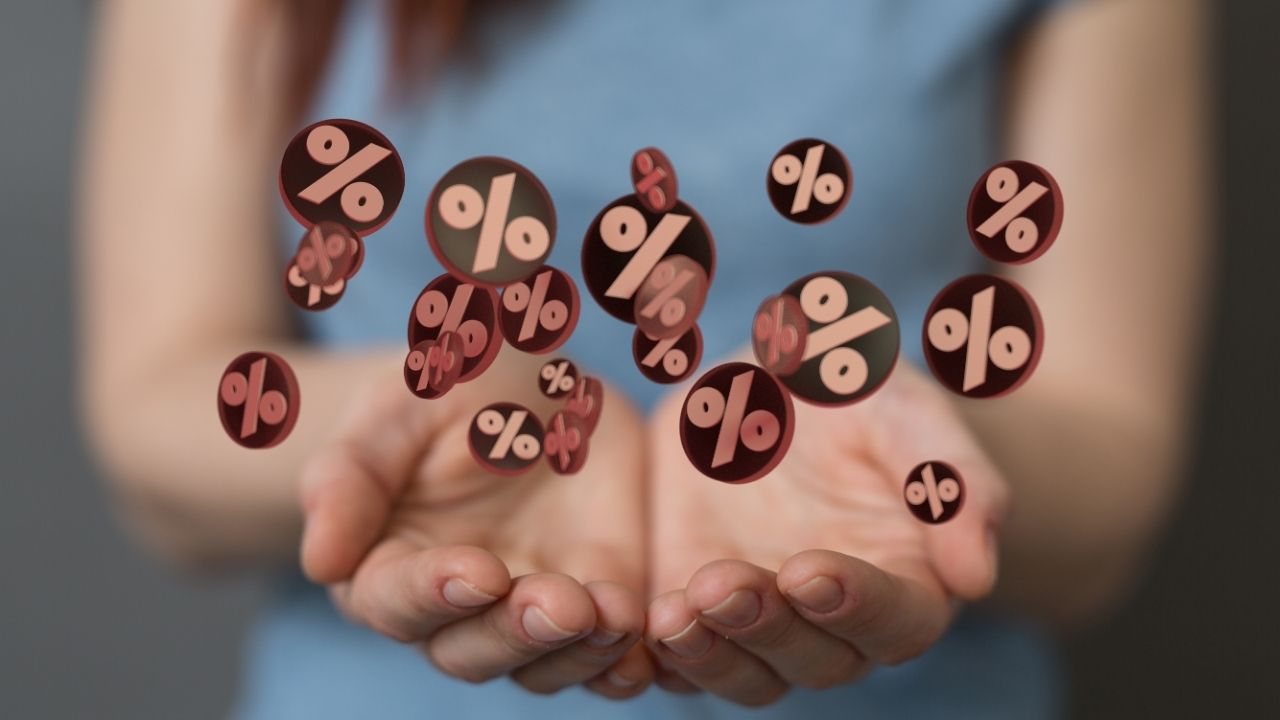

The importance of the price in the success of an ecommerce requires more and more specialized roles, and one of them is that of the price analyst.
These professionals focus on the study of prices in all their amplitude, with the aim of collaborating in the definition of the best price offer for an electronic commerce to be really competitive.
It is an arduous task, in which data, research and technology are essential, since the functions can range from the monitoring of competitive prices to the study of costs in search of the most appropriate and competitive pricing strategy for every moment.
The price analyst and his role in an ecommerce
The pricing strategy of an ecommerce evidently always considers the costs. But this does not mean that the pricing strategy will be based solely on production or acquisition costs. Costs are only a group of variables that influence the definition of prices, but in the digital ecosystem, the behaviour of the competition and increasingly the habits of consumers influence significantly.
The function of a price analyst is no longer just keeping a catalogue up-to-date by taking care of the margins in terms of costs; it is a key function of analysis within the overall strategy of an electronic commerce.
As the price has become a key for ecommerce, the role of the analyst is more relevant and transversal, and, in fact, these professionals work closely with the areas of marketing, sales, purchasing, administration and finance to ensure that the policies of prices are met and the profitability of the online store is guaranteed.
But not everything is internal work coordination. Any ecommerce must always be aware of the trends and movement of the sector and the price analyst has a key role in understanding the trends of the new pricing models that could be applied.
The price in ecommerce is trend
The competition in ecommerce, whatever the sector that is analysed, is fierce. Year after year, analysts develop detailed studies to discover the keys that will shape the competition of the future. And although it may seem that everything is said, there are always innovations in the price to be taken into account and that require analysts to follow those trends closely.
The BigCommerce platform introduced earlier this year some reflections on the need to analyse the competition and its prices in real time, as a trend that is generalized, and that all ecommerce should apply. They did it in their report 'The 19 Ecommerce Trends + 147 Online Shopping StatsFueling Sales Growth in 2018'. And earlier this year, the global consultancy Digital River in their predictions report for 2018 first cites the growing trend in electronic commerce to the experimentation on new pricing models.
Some of these issues, which are increasingly recurrent in this new experimentation on prices, are the subscription models vs. the purchase models, the fremium models and the premium models, the contextual prices and dynamic prices.
Any new approach to prices requires a broad price analysis that incorporates knowledge of costs, understanding consumer habits and monitoring the prices of the competition.
In this scenario of competition and constant innovation, the role of a price analyst becomes essential.
The current price analyst
A price analyst has three major function groups: competitive strategy and prices, price monitoring of direct competition and the study of consumer habits.
One of the classic functions of a price analyst is the study of the sector and its movements, to understand the strategies of the competition, how each one of them is positioned to compete and how the price is transferred to that way of competing.
Another function, perhaps the one that has undergone the most changes in recent years, is the tracking of the price trends of the competition. Unlike strategic analysis, the specific task of a price analyst is the analysis of the prices of the competition in detail: offer, catalogue, categories, products, campaigns, etc.
The dynamics of electronic commerce requires the presence of a price analyst and specific technology of price intelligence to detect opportunities and anticipate the actions of the competition. The tools of tracking prices of competitors, detection of changes in the catalogue (such as new products, new descriptions or new images) or alerts for changes in the stock of products have become essential and are part of the day to day of the price analyst.
The study of consumer habits is essentially a task of marketing departments. However, a price analyst can be vital to determine how much a consumer would be willing to pay depending on the context of the purchase, to elaborate patterns of customer spending and develop loyalty actions or establish dynamic pricing methods.

Find out how Minderest can take your business to the next level.
Contact our pricing experts to see the platform in action.
Related Articles

How to monitor your competitors’ offers, discounts and promotions
In today’s dynamic digital environment, where consumers can compare prices with a single click, monitoring competitors’ promotions and discounts is no longer optional; it’s imperative. Strategic...
How to scrape Google Shopping for prices Updated guide
In the fast-paced eCommerce world, where prices can fluctuate in real time, it’s crucial to be able to make strategic decisions. Monitoring competitors’ prices in Google Shopping is not merely...